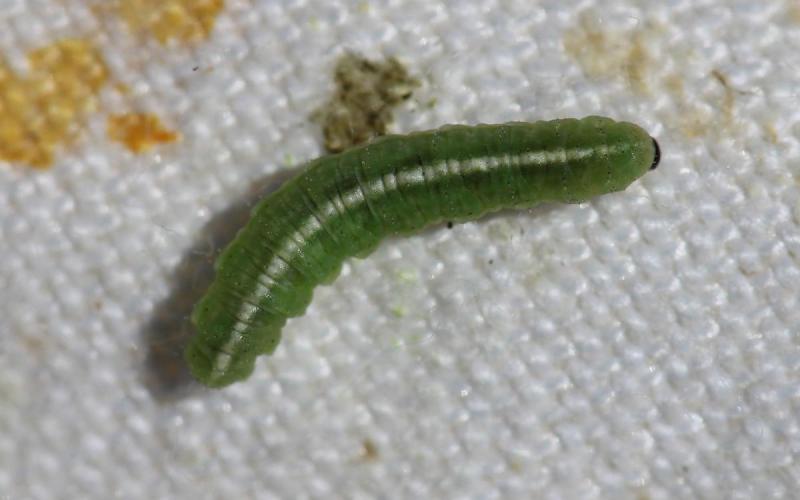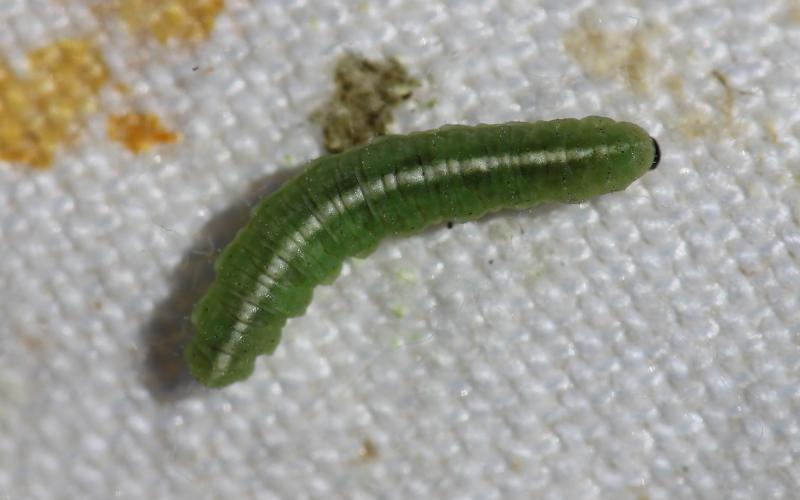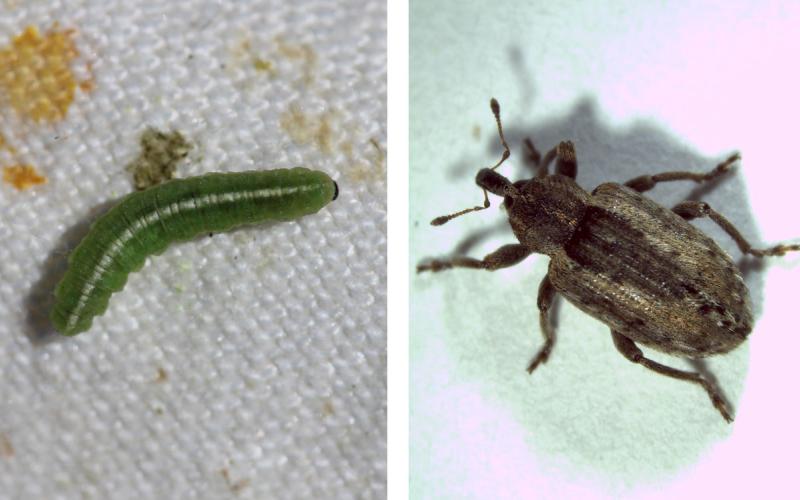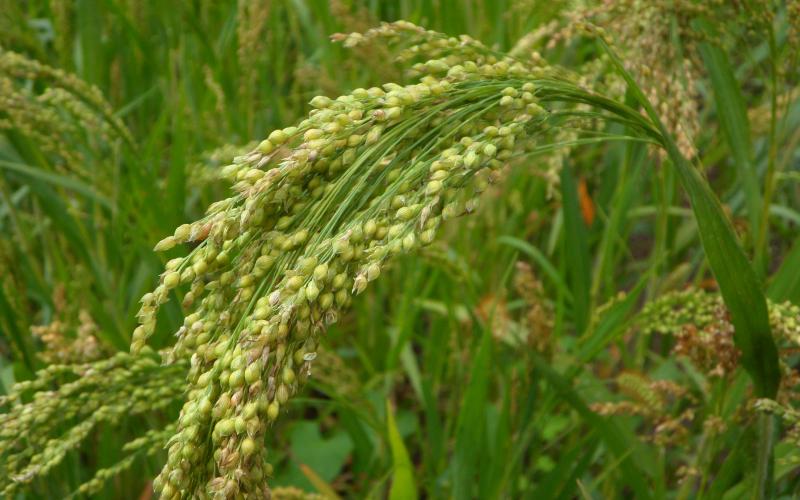Forage
All Forage Content

Alfalfa Weevil Activity Prediction Update: June 19, 2024
Across South Dakota, degree day estimates indicate that alfalfa weevil activity should be completed. However, our field observations this week suggest otherwise.

Alfalfa Weevil Activity Prediction Update: May 29, 2024
Most alfalfa weevil larvae that were observed this week were between the first and second instar, but it is likely that later instars are present in southern counties.

Alfalfa Weevil Activity Prediction Update: May 24, 2024
Degree day accumulations continue to estimate alfalfa weevil activity throughout South Dakota. Alfalfa weevil activity is likely greater in southern counties, but alfalfa should continue to be scouted statewide.

It’s Time To Start Scouting for Alfalfa Weevils
This week, alfalfa weevil larvae have been spotted in the fields. Routine scouting is the best method to ensure that alfalfa isn’t heavily defiolated by this pest.

Alfalfa Weevil Activity Prediction Update: May 16, 2024
South Dakota finally warmed up and as a result, alfalfa across the state should be scouted for alfalfa weevil larvae.

Alfalfa Weevil Activity Prediction Update: May 9, 2024
Although May hasn’t been extremely warm, the accumulated degree days in South Dakota since January 1, 2024, suggest that alfalfa weevil larvae could be active in several areas of the state.

South Dakota Grasshopper Prediction for 2024
In 2024, grasshoppers are likely to cause problems in areas of South Dakota due to large populations that were present in 2023 and the relatively late first hard freeze date observed in much of the state.

Keep an Eye on Black Grass Bugs This Spring
In South Dakota, black grass bugs are a common spring pest of forage grasses. This native insect first appears in late April and May when grasses emerge from dormancy.

Crown Rust of Oats
Crown rust continues to be the most economically damaging and important fungal diseases of oats in South Dakota. Learn how to recognize and manage it in oat fields this growing season.

Proso Millet Trial Results
In 2020, proso millet trials were conducted in 1 location in South Dakota.